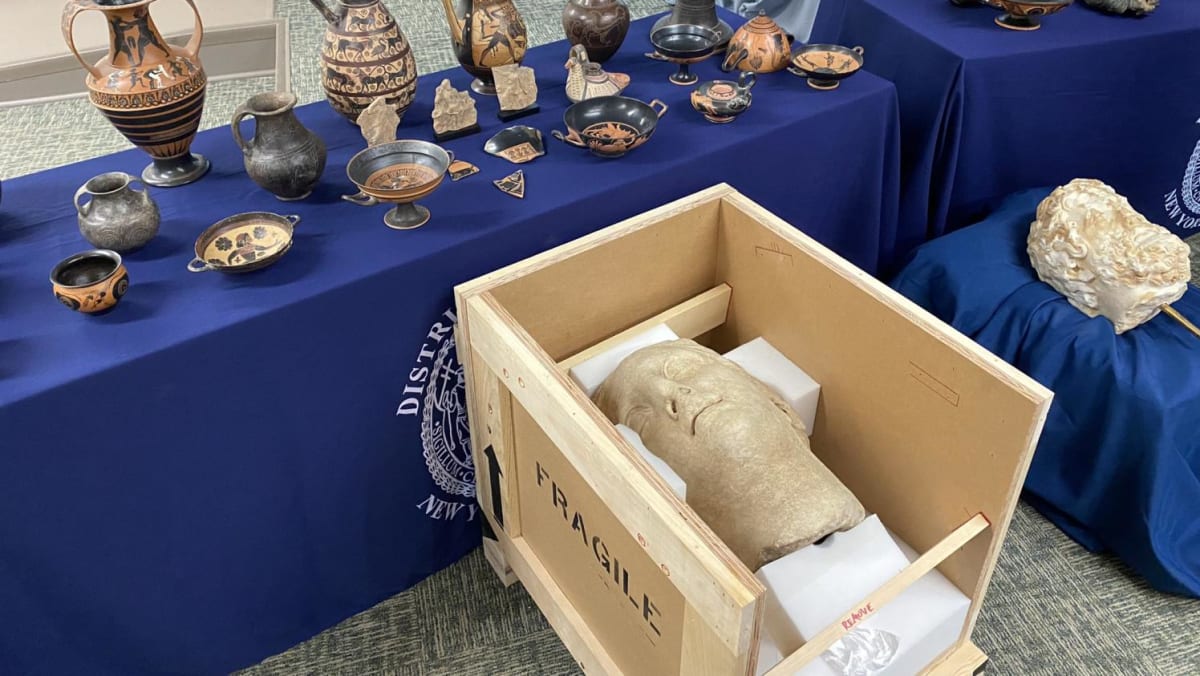Commentary: Museums need to be wary they don’t fuel black market for illicit cultural objects
PROVENANCE CHECKS
The International Council of Museums (ICOM), which represents more than 40,000 museums in over 141 countries, prescribes strict ethical code of conduct against the acquisition of stolen or illicit artefacts.
The ICOM code of ethics for museums stipulates that museums should exercise due diligence by establishing the full history of the object since its discovery or production prior to its acquisition, and that museums should not support the illicit traffic or market in natural and cultural property, directly or indirectly.
There are established guidelines on how museums should undertake proper due diligence and provenance checks to ensure their acquisitions are ethically and legally sound.
A key criterion is the 1970 threshold established by UNESCO to combat the illicit import, export, and transfer of cultural property.
What this means is that museums should not make the acquisition unless there is documentary evidence that the object left the country of origin before 1970 or has evidence that the object has left legally after 1970.
While museums should consult the ICOM’s Red Lists of Cultural Objects at Risk database and the Art Loss Register, it is widely accepted that these lists are not comprehensive and even if the slated object is not found on these lists, they should be backed by additional provenance checks in other areas.
For all the latest world News Click Here

